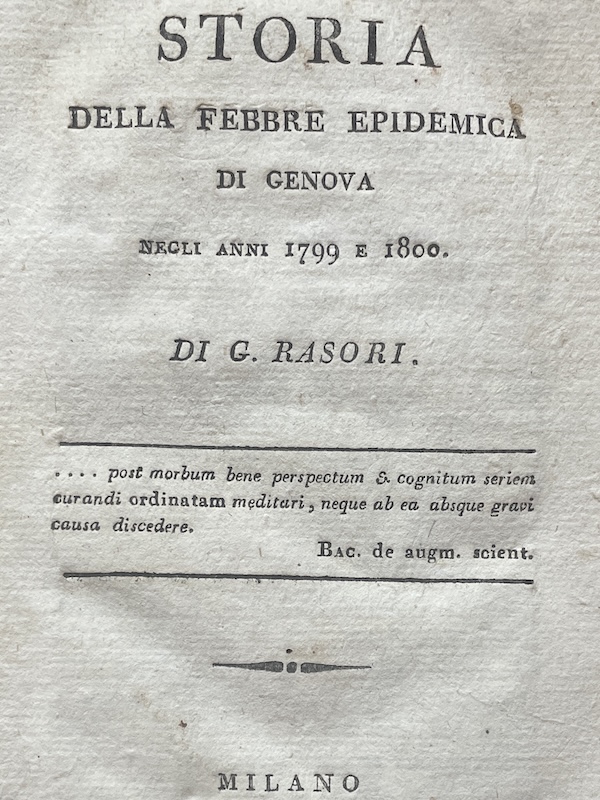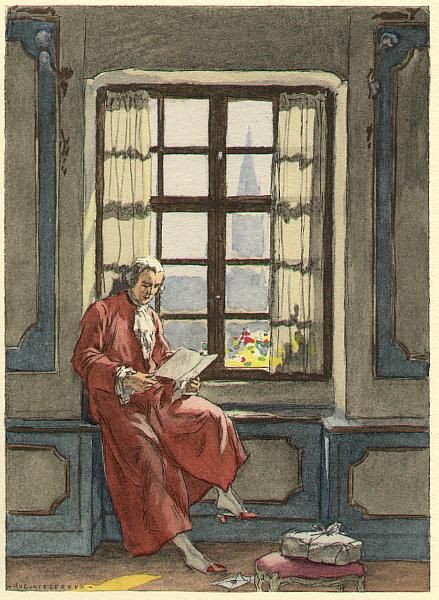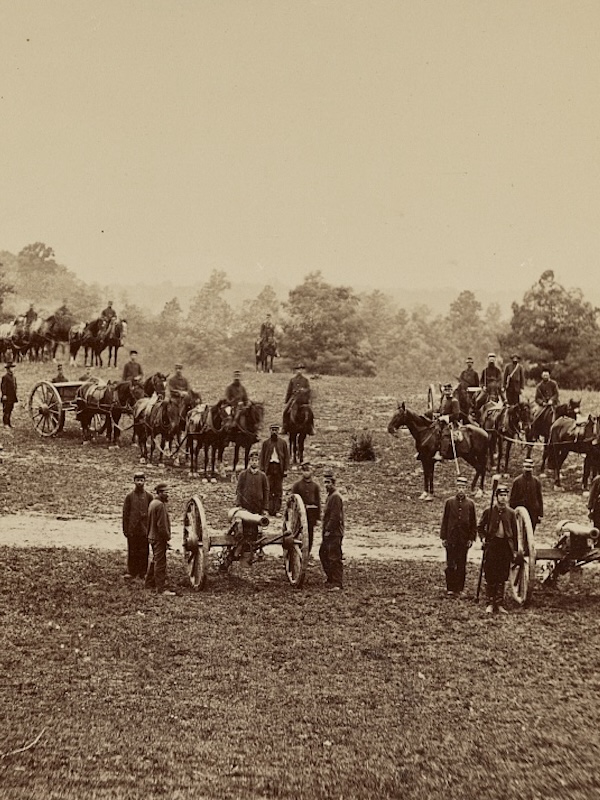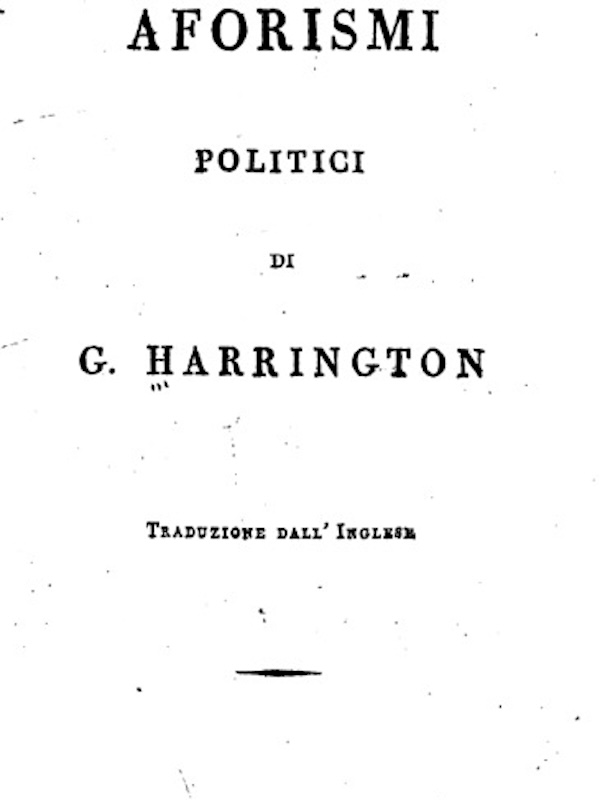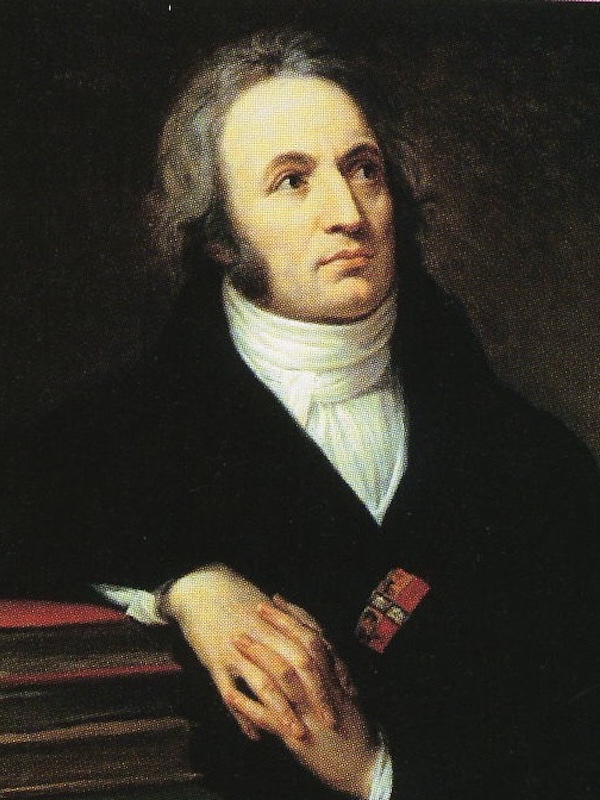Case studies
Ca' Foscari University of Venice
From subjects to citizens: the case of Collegio Ghislieri of Pavia (1796-1861)
In Pavia in 1796, the rector of the University stated that his task was to 'educate citizens useful for their nation’. These principles were applied especially to the ancient Collegio Ghislieri [ITA], a residential college founded in 1567 by Pope Pius V. The regulations of previous decades present a completely different language: inculcating obedience and 'forming faithful subjects'.
The extraordinary institutional continuity of Collegio Ghislieri and of its archives offers a gallery of documents spanning from 1796 to 1861. They allow us to reconstruct the changing use of knowledge. Keywords such as obedience, study, order were being replaced by utility, honesty and love of country.
During the Restoration, the idea of educating to loyalty towards the sovereign forcefully re-emerged, but the revolutionary and Napoleonic lesson persisted in the insistence on competence as a fundamental trait for the professionals called to take part in the political life of the nation.
In 1861, after the Unification of Italy, Francesco De Sanctis promulgated new regulations, in which for the first time the notion of individual (and not familial) merit was introduced.
Research Unit: Ca’ Foscari University Venice, Giulia Delogu
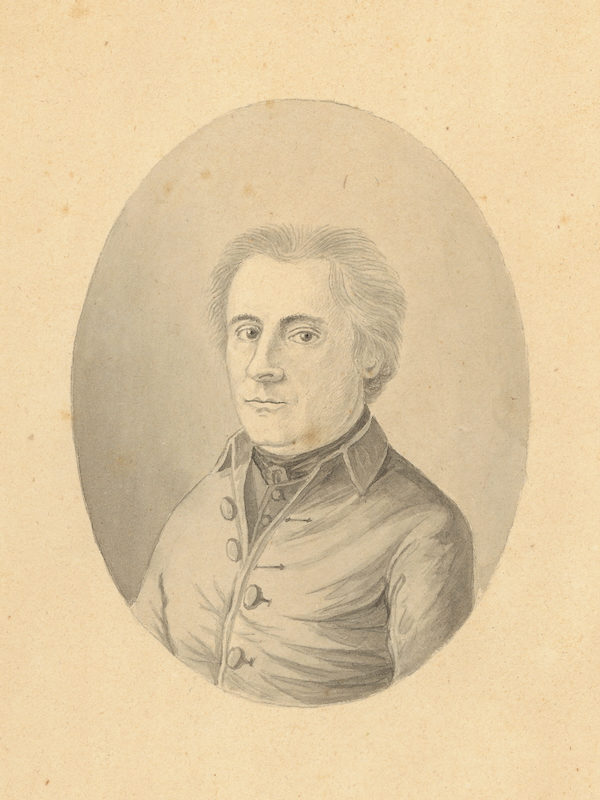
Science, politics and administration: the case of the Vicentine Agostino Vivorio (1743-1822)
The transition from the Old Regime to the Napoleonic era reshaped traditional knowledge, encouraging the growth of scientific disciplines and the recognition of professionals. Technical-scientific skills played a crucial role in formalizing knowledge, especially in projects for administrative and territorial reorganization in former Venetian territories.
The life of mathematician Agostino Vivorio (1743-1822), a tutor and professor under the Serenissima Republic, illustrates the connection between humanistic and scientific knowledge, and their political applications, during this transitional period. A ‘product’ of Old Regime knowledge and systems, Vivorio was reemployed during the first Austrian rule and the Kingdom of Italy as an expert consultant, focusing on water regulation issues. His work in mathematical sciences, hydraulics, and historical tradition is evident in his letters, which reveal his views on the relationship between science and humanistic tradition, his loyalty to the old Republic, and his efforts to secure new employment, establishing himself as a skilled professional.
Research Unit: Ca’ Foscari University of Venice, Tommaso Scaramella
Medicine and History: public health, knowledge, consensus (18th – 19th centuries)
Since antiquity medicine and history have been intertwined. Physicians often looked back at the past to find answers especially when facing emergencies. Sometimes the end was simply rhetorical, but above all in epidemiology a heuristic purpose was assigned to history. Historical knowledge was a tool to be used when managing epidemics, when physicians were called upon to take political decisions.
At the turning point between the eighteenth and nineteenth centuries this paradigm was challenged by iconoclastic figures such as Giovanni Rasori who promoted new means such as statistics. Yet, all the same, Rasori wrote a history when he himself faced an epidemic in Genoa, (1799-1800), admitting the usefulness of historical knowledge for medicine and especially for governing crises.
Thus, history would continue to play a relevant role in those branches of medicine most linked to public health, with the use of historical narratives as a guide in facing the unknown, a justification for one’s different approaches to emergencies and a means to garner consensus.
Research Unit: Ca’ Foscari University Venice, Giulia Delogu
Free ports: from liberties to efficiency (18th-19th centuries)
Between the 18th and the 19th century the notion of free port underwent a significant evolution. Free ports stopped being seen as a place of freedom and became instead increasingly connected to an idea of efficiency. During the 18th century free ports such as Trieste or Livorno had Increasingly become the cradle for the development of institutions tasked with the management not only of trade, but also of public health, welfare, diplomatic relations, communication and information. Characterized by continuous fluxes of people and goods, free ports were places in which new knowledge was shaped.
Especially in the Napoleonic age the vision of free ports as efficient solutions to revitalize cities in crises surfaced. It was accompanied by the rise of a new set of knowledge which was deemed to be a necessary political tool for those who had to devise and establish the free port, then govern and manage it daily.
On one hand, this led to the creation of specific textbooks, schools and academies, competent functionaries and specialized institutions tasked with the supervision of each aspect of the port life. On the other hand, it pushed for the publication of reports and statistics to present each port in the best way possible, so as to attract further capitals and trade.
Research Unit: Ca’ Foscari University Venice, Giulia Delogu and Antonio Trampus
Reshaping knowledge: the civil servant and the man of letters (18th-19th centuries)
Between the 18th and 19th centuries, the established knowledge of the Old Regime was pulverized and reshaped into new figures that often bordered between expertise and creativity. The transformation of society and public tastes determine the birth of new influential models of the man of letters in the first decades of the 19th century. Among the various forms of writings, the personal memoirs are the most challenged by new demands and sensibilities.
This process can be observed by comparing two examples of 18th century personalities facing the 19th-century public. Count Karl von Zinzendorf (1739-1813) was an Austrian civil servant, governor of the free port of Trieste (1776-1782) and privy finance minister until 1809. His massive diary is accompanied by a continuous process of rereading and rewriting which compares the eighteenth-century knowledge of the civil servant with the new context of the Napoleonic era. The critical edition of the diary of the Swiss period testifies to these steps.
The comparison is made with Giacomo Casanova (1725-1798), a friend of Zinzendorf, and the invention of a new image of the man of letters as memoirist after the first publication of his “Memories” (1822).
Research Unit: Ca’ Foscari University Venice, Antonio Trampus
Cultural and political shifts in gender and sexuality (18th-19th centuries)
The cultural transformations in Europe during the 18th and 19th centuries also influenced knowledge about gender and sexuality. These subjects entered scientific and philosophical debates that integrated medical knowledge, natural theories, religious and legal ideas, capturing public interest. During this period, attitudes toward same-sex eroticism started to evolve from moral condemnation to expressions of sociability and self-awareness. Simultaneously, the binary gender system gained prominence, replacing the traditional ‘one sex’ model and influencing political and social perceptions of male and female differences.
Although previous research has predominantly focused on these chances from an institutional perspective, further exploration is needed to understand their relationship with political transformations and cultural production. This case study investigates these dynamics through the works of Giacomo Casanova (1725-1798) and a collection of letters by a contemporary, Agostino Vivorio (1743-1822). Casanova’s “Histoire de ma vie” is examined for its representations of homoeroticism, while “Lana caprina” is analyzed for Casanova’s perspective on the medical debate surrounding the supposed biological inferiority of women. For Vivorio, we analyze letters exchanged with another man, exploring how homoerotic desire is articulated through shared codes, explicit language and expressions of effeminacy.
Research Unit: Ca’ Foscari University of Venice, Tommaso Scaramella
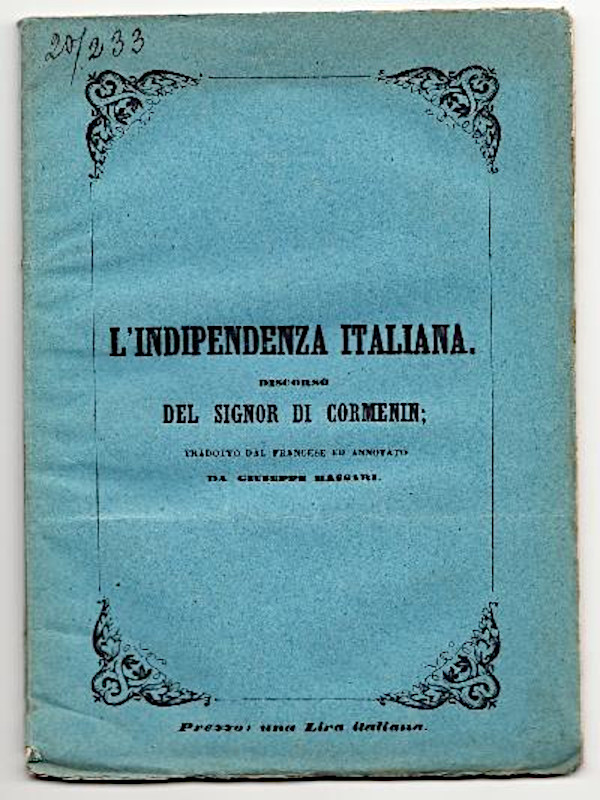
Cormenin and the circulation of knowledge between Italy and France
Although Cormenin’s name is not unknown both in Italy and in France, his figure is nevertheless, on the one hand, squeezed between great personalities of the calibre of Macarel, Laferrière, Gérando, Foucart and, of course, on the Italian side, Gian Domenico Romagnosi, and on the other, relegated to the circumscribed circle of French administrative law scholars. Indeed, Cormenin was much more than that: in addition to being a jurist, he was a refined intellectual, a scathing critic and sharp polemicist, a militant in that republican milieu of the 1840s that also adhered, not without contradictions, to the cause of Italian independence.
If his figure was at the centre of debate and public polemics for at least thirty years, between the 1820s and 1850s, and enjoyed great popularity (testified by awards, medals, paintings, engravings), he disappeared from the interests of historians and jurists at least until after the Second World War, when he slowly re-emerged from oblivion and was gradually placed among the leading personalities on the European political and legal scene, but whose knowledge still remained partial. In particular, his contribution to the elaboration of a coherent doctrine of national sovereignty has been completely underestimated. This doctrine was inspired precisely by his reflection on the tormented Italian Risorgimento experience, of which he was a careful interpreter and to a certain extent a participant. This restless and militant jurist saw Italy as a laboratory where he could test his constitutional ideas, at times extravagant, at others ahead of his time, at others driven by a provocative spirit.
Research Unit: Ca’ Foscari University of Venice, Marco Fioravanti
University of Salerno
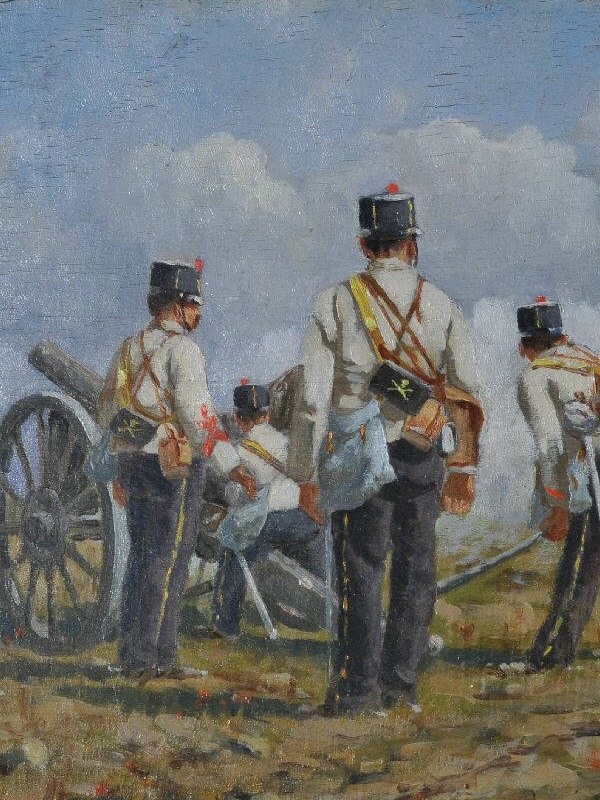
The Mezzacapo Brothers and the Birth of the “Rivista Militare”
The “Rivista Militare" is the oldest military journal. Still edited by personnel from the Italian Army, it was founded in 1856 in Turin by the brothers, patriots, and Neapolitan exiles Luigi and Carlo Mezzacapo. It served as the house organ of the Ministry of War until 1945 and then of the Ministry of Defense. Currently, it boasts a circulation of about 10,000 copies and is distributed nationwide. When the Mezzacapo brothers founded the "Rivista Militare”, Italian strategic doctrine was still being codified. The First war of independence (1848-49) had been a failure in terms of defensive performance and operational capability in the field. The model of “people’s war”, on the other hand, remained an utopia, lacking any empirical relevance to the contemporary context and offered no real solutions for the liberation of the territories under Austrian rule. The plan outlined by the Mezzacapo brothers in the pages of the "Rivista Militare”, however, provided a concrete, complementary, and integrative paradigm compared to the military reforms regarding the education, composition, and organization of the army. In turn, it fit within a disciplinary tradition, founded on strictly scientific bases and shared by the main European military institutes, focused on the renewal of defensive systems. Their contribution demonstrated that tactics were increasingly becoming an auxiliary to strategy, and that the latter had expanded its scope of application. During a phase of reshuffling the political balance of the Risorgimento era, as well as a redefinition of military leadership by the Kingdom of Sardinia, the "Rivista Militare” played a pivotal role in developing modern military knowledge on the national scale.
Research Unit: University of Salerno, Alessandro Bonvini
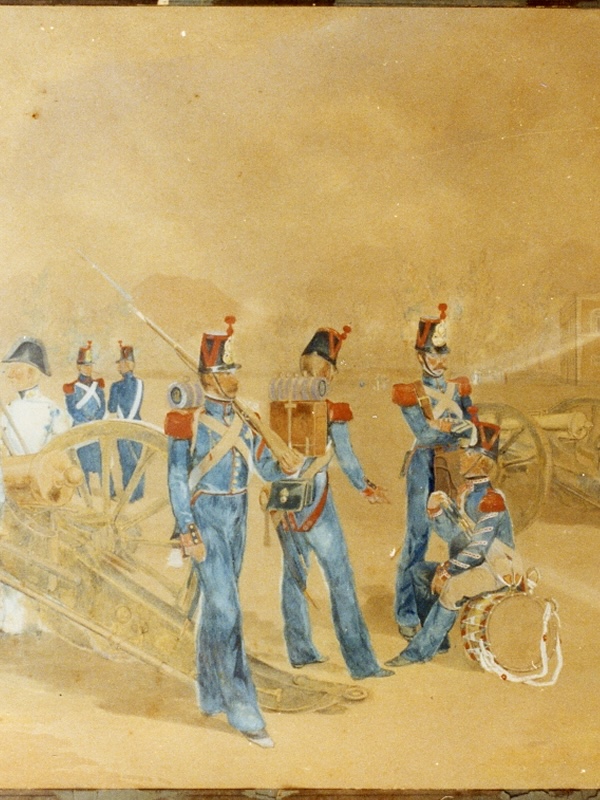
Mariano D'Ayala: Artillery Lessons for Students of the Nunziatella Military Academy
The decline of Ancien Régime society was accompanied by transformations in warfare, the role of the army, and the value system of the military world. The establishment of military schools and academies, such as the Neapolitan Military Academy “Nunziatella,” was a pivotal development during this transitional period. Founded in 1787, the Academy aimed not only to professionalize the military but also to disseminate new moral and intellectual models that were gaining traction across Europe.
The history of Nunziatella is closely tied to the social and political upheavals that took place in the Mezzogiorno region between the late 18th and mid-19th centuries. Members of the faculty, students, and alumni were involved in key political events.
Alongside its political role, the Academy also played a crucial part in modernizing and restructuring the officer corps, particularly in the field of artillery training. Mariano D'Ayala, a prominent military theorist and a leading figure in both the Neapolitan military elite and southern liberalism, taught ballistics and descriptive geometry at the Academy. His lectures, published in 1840, served as an essential educational resource for artillery students, offering both historical insights and innovative military knowledge. The objective of this research is to analyze the content of these lectures to gain a deeper understanding of the process of institutionalizing military knowledge and its significance for the professionalization of the Neapolitan army.
Research Unit: University of Salerno, Mariamichela Landi
The 'Westernization of Arms': De Bassecourt's Mission and the Circulation of Military Knowledge between Italy and the United States
In 1863, Lieutenant Colonel Vincenzo De Bassecourt was sent on a special mission to the United States by the General Staff of the Italian Army. Educated at the Naval School of Genoa, he joined the artillery corps of the Army of the Kingdom of Sardinia in 1844, before participating in the First and Second Wars of Independence. In the aftermath of unification, the reform of artillery was one of the key topics on the agenda of the military leadership. De Bassecourt was therefore tasked with joining the Union Army to closely study the new Parrott and Rodman artillery systems. As a special envoy, he was able to witness the operations of the Federal forces up close, including the Battle of Charleston in South Carolina.
Upon returning to Italy, he published a lengthy report — released in two volumes — on his mission in North America. Bassecourt's experience highlights the centrality of the circulation of military knowledge during the crucial decade of the 'long 1860s' of the 19th century, as well as the definition of a process of 'westernization' that marked the transformation of military academies, institutions, and mindsets along parallel lines of development between Europe and the Americas.
Research Unit: University of Salerno, Alessandro Bonvini
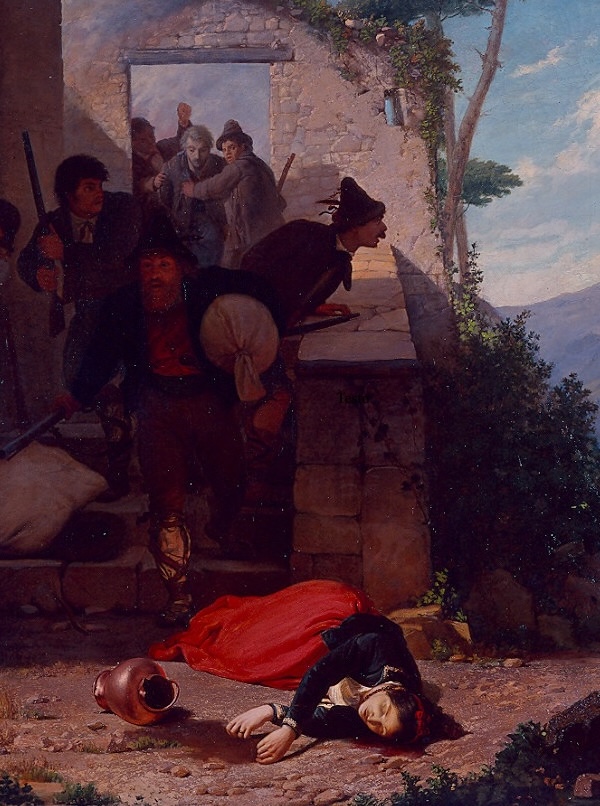
Brigands on Trial: Pica Law and Military Justice in Southern Italy (1863-1865)
On August 15, 1863, the Italian Parliament passed an exceptional law, known as the "Pica Law," to address the phenomenon of brigandage, which had erupted in the southern provinces following the collapse of the Kingdom of the Two Sicilies and the Italian unification war. This law, which would become infamous, marked a turning point in the ongoing conflict by granting the military not only the authority to suppress armed bands but also to exercise criminal jurisdiction. Twelve military tribunals, distributed throughout the continental Mezzogiorno, were given the legislative tools to try and judge brigands and their accomplices (called "manutengoli") through an extraordinary legal procedure. The judicial trials conducted between 1863 and 1865 constitute a valuable and indispensable source for studying post-unification brigandage and the war against it. The decision to regulate the conflict through exceptional legislation was instrumental in mobilizing political, military, and civil sectors to persecute and arrest brigands and their supporters. Although presented as an emergency measure, the law was extended until the end of 1865, sparking a political, legal, and historical debate that continues to this day.
By shifting the focus of the conflict from the battlefield to the courtroom, this research explores the Pica Law and its implementation as the convergence of three major national actors: politics, the army, and the judiciary. At the heart of this investigation are five military tribunals, selected as case studies — those in the provinces of Bari, Potenza, Caserta, Catanzaro, and Chieti — and their judicial proceedings, whose reconstructions enhance the narrative of a war that left a lasting impact on contemporary Italian history.
Research Unit: University of Salerno, Mariamichela Landi

The Victims of the Nation: Patriotism, Public Consensus, and Liberal Government in the Risorgimento
Starting from the Neapolitan Republic of 1799, through the liberal and national uprisings of 1820-21 and 1848, and up to the capture of Rome in 1870, the victimhood model has shaped Risorgimento culture. The Risorgimento movement, in fact, embraced the figure of the victim in its broadest sense — hero, martyr, patriot, fallen, exile — to create a national imaginary based on well-defined semantic tropes that permeated the mentality and culture of both pre- and post-unification Italian society. The figure of the victim, initially a political paradigm, eventually became a true heritage of memories, through public commemorations, financial campaigns, and media events. The culmination of this process occurred with the campaign to gather resources for the victims of brigandage. Thus, what began as a spontaneous grassroots mobilization became closely intertwined with the nation-building process, turning into a tool for legitimizing the new state.
By studying various primary and secondary sources (literary, legal, and parliamentary), this research reflects on how the victimhood paradigm was employed to address the growing issue of consensus, as well as how it functioned as a form of knowledge circulation that characterized the formation of the first public, national, and unified memory.
Research Unit: University of Salerno, Marcello Ravveduto
University of Teramo
Giannina Milli. Women on the stage. Giannina Milli and the art of improvisational poetry in the early 19th century
Giannina Milli, born in Teramo on May 24, 1825, was one of the leading interpreters of improvisational poetry during the first half of the 19th century. Her success allowed her to travel across Italy, participating in academies and performing in the most important theatres and salons of the time. Starting from the 1850s, the content of her “poetry” became increasingly political, to the point that she was counted among the patriotic poets of the Risorgimento.
The research aims, on the one hand, to investigate the peculiarities of political communication forms linked to female performances. On the other hand, it seeks to explore the network of relationships that a young woman from a remote province of Bourbon Italy managed to build and weave thanks to her culture and a particular type of profession that was very fashionable in those years.
Research Unit: University of Teramo, Francesca Fausta Gallo
Translating the Revolution: The Italian edition of James Harrington's Aphorisms (1802)
Nicolò Bettoni (1770-1842) played a key role in a captivating and original editorial exploit whose origins coincide with Italy's entry into the French sphere of influence. He began his administrative and editorial career as a civil servant in Udine in 1797, where the French headquarters were located, and later in Brescia, the capital of the Department of Mella, as the general secretary of the Prefecture (1801). He continued his career as a printer by purchasing the Brescian departmental printing press in September 1806, which had previously been entrusted to him by the government in 1802 as an inspector.
One of Bettoni’s most interesting publications is undoubtedly the “Political Aphorisms” by James Harrington, published in 1802. Through the analysis of the introduction, editorial data, and footnotes, the research will highlight how Bettoni used lessons from past history — specifically the Cromwellian regression of the Commonwealth — relative to contemporary events, particularly the creation of the Italian Republic and the institution of the life consulate. The insidious comparison between Cromwell and Napoleon suggested by Bettoni invites questions about the editor's political stance during this decisive juncture, the representativeness of his position, and the diffusion/reception of his translation.
Research Unit: University of Teramo, Daniele Di Bartolomeo
Political consensus and theatre in Napoleonic Southern Italy: Vincenzo Monti's The Pythagoreans.
The revolutionary and Napoleonic age (1796-1821) represented a crucial period in Italy and the South, not only politically and institutionally but also culturally, significantly marked by the advent of new communicative practices. In this context, the case study aims to analyse how, through targeted theatrical works, first Joseph Bonaparte and then Joachim Murat sought to expand the bases of their political support in Southern Italy.
One of the most significant works in this regard was certainly "The Pythagoreans," commissioned to Vincenzo Monti and performed at the San Carlo Theatre in Naples on March 19, 1808. The analysis of the play’s text and its reception, against the backdrop of the time’s complex context, will allow for a deeper understanding of the motivations behind the choice to convey a specific political and ideological message: by recalling the violence perpetrated by the tyrant Dionysius against the Pythagorean sect, Monti not only projected the most significant events of 1799 into the past but also revived the memory of the tragic fate that befell many patriots involved in the crucial phases of the brief republican interlude.
Research Unit: University of Teramo, Alessandro Albano
University of Turin
Translations and governmental knowledge in Napoleonic Italy. The economic knowledge
Between 1800 and 1815, fourteen translations of economic and political works were published in the territories of the Second Cisalpine Republic, later the Italian Republic and finally the Kingdom of Italy. The impulse to publish translations of economic writings that had begun after Marengo did not cease with the end of the Napoleonic experience, but remained strong until at least the mid-1820s. In a dynamic that was not contradictory between the national and international dimensions, translation made it possible to appropriate knowledge circulating abroad and to contribute to the formation of a broader and more comprehensive Italian cultural tradition, linked to the knowledge of government. Hence the decision to translate and publish works that in the original language were perfectly accessible to the ruling class and, more generally, to the intellectual class. Through translation, foreign works were Italianised, in the wake of the impulse to differentiate and adapt to French culture that characterised the Napoleonic period. At the same time, the translation of economic and political writings fulfilled a precise educational function, namely the training of future ruling elites, which was a priority for the new regime.
Introductions and notes written by the translators and, in some cases, by the editors played an important role. These pretexts became an instrument for Italianising foreign works, determining their reading and assimilation into the Italian cultural system, and at the same time a space for presenting these works/translations as tools for the education of those who would govern and, more generally, for the education of citizens who wished to contribute to the construction of the new society.
Research Unit: University of Turin, Cecilia Carnino

Health prevention in 19th-century Italy: State policies, media and the public
By focusing on archival and printed sources dealing with public anti-smallpox vaccination campaigns and child mortality prevention through manuals of “domestic medicine”, the project intends to delve into two different subjects.
First, it will study the development of private or public initiatives to turn health prevention into a “popular” phenomenon, i.e. involving thousands of people to whom both sanitary policies and medical texts for a non-specialist audience were addressed. Secondly, it will examine the emergence of discourses intertwining medical, political-economic, and statistical approaches in treatises, pamphlets, and press articles as a means to affirm the usefulness of public health policies not only for individual citizens, but also for the State itself.
In both cases, the analysis will mostly centre on translated texts or Italian books circulating across the borders of the pre-Unitarian Italian countries: for instance, William Buchan’s “Advice to mothers”, Jean-Baptiste Bousquet’s “Traité de la vaccine”, and many Italian pamphlets discussing the need of revaccination and the correlation between vaccination and population growth. This will allow us not only to situate the Italian debates in a larger, European context, but also to highlight the process of knowledge adaptation and the rise of a certain national pride among renowned physicians, public officers, and intellectuals.
Research Unit: University of Turin, Marco Emanuele Omes
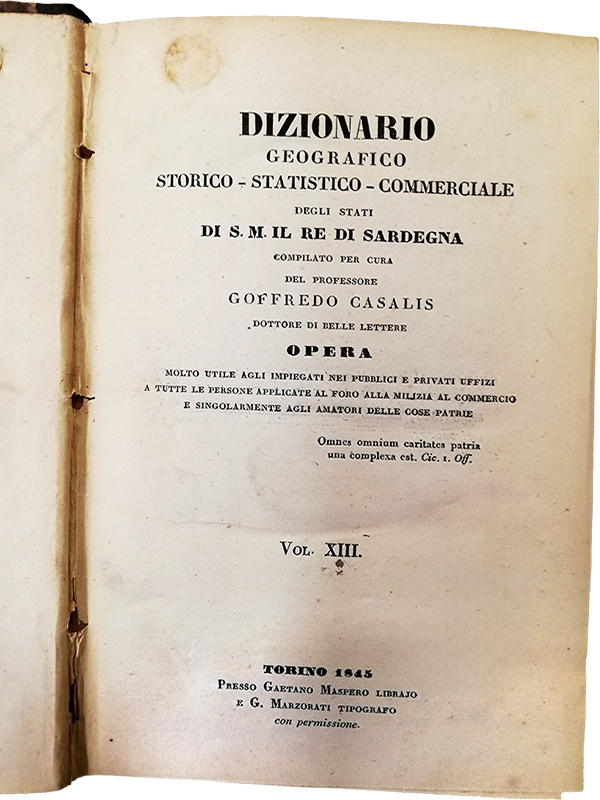
Corographic production in the Kingdom of Sardinia between the French period and the Restoration
The period between the end of the 18th century and the Risorgimento represents a crucial phase for the building of geographical knowledge about Italy and for the redefinition of the role of Geography in its relationships with political power and society. In such a phase, marked by a fragmented and changing political framework and before the academic institutionalisation of the discipline, a plurality of places, actors and networks of exchange were actively involved in the building of geographical knowledge. This knowledge played an important role as an instrument of government and consensus-building, but also as a support to alternative political projects.
Within this framework, the chorographic production in the Kingdom of Sardinia between the end of the 18th century and the Restoration is investigated, as a context marked by political and cultural upheavals rich in implications for the representation of the territory: from the exposure to the influence of French technical and organisational practices in the fields of geography and statistics, with the annexation to the Empire, to the implications of the repeated changes in the administrative system for the spatial framing of the description, to the solicitations coming, with the Restoration, from the reorganisation of a school system in which geography began to find a place and from the emergence of a modern book market and a public interested in geographic information for professional and tourist purposes.
Against the backdrop of these dynamics, light is shed on a production that is often considered minor, surveying and investigating in more detail its authors, places and modes of production, with the related information gathering networks and its descriptive models, marked by the transition from the chorography of Renaissance origin to the geographical dictionary inspired by the Encyclopédie canon.
Research Unit: University of Turin, Maria Luisa Sturani


